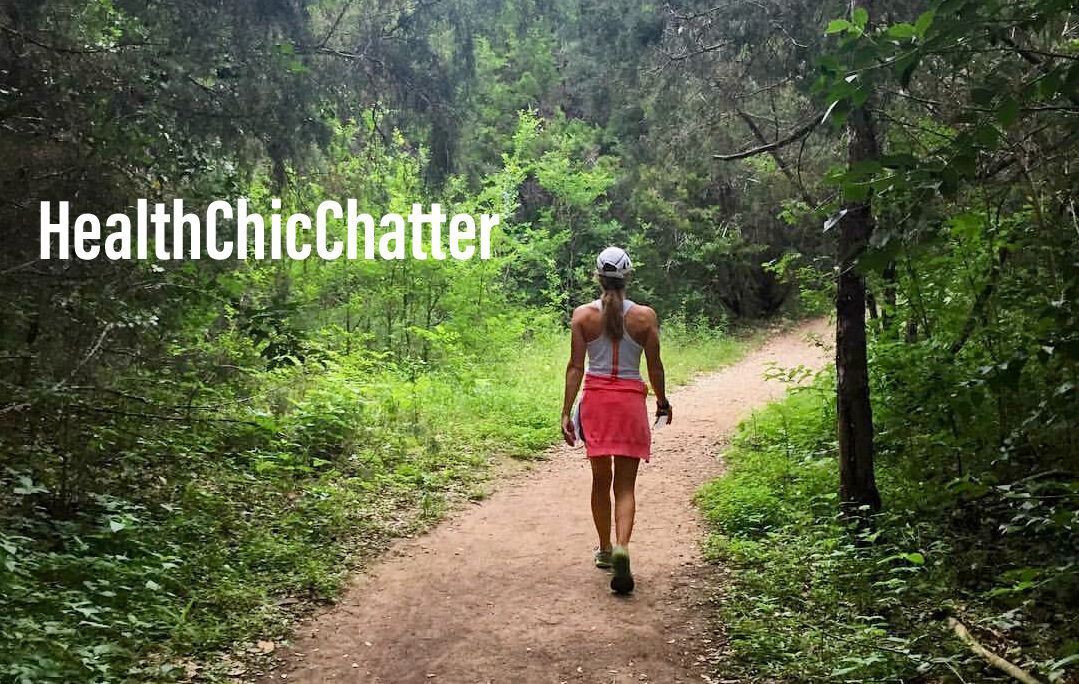Is poor hip mobility affecting your workouts — or maybe impacting other areas of your life?
Over the past several years, pretty much every facet of our day-to-day lives has shifted. With work, we used to drive to the office where we would walk in and out of the office plus walk more through the day going to meetings, breaks, lunch, etc. Now we have a workday where we might work remote or be in the office, but attend meetings virtually. While some of these changes may actually better (like savings on gas, clothes, meals and having healthier options to eat at home), other changes are less than ideal — like less human interaction and….moving a LOT less.
A sedentary lifestyle involving longer periods of sitting and less activity throughout the day been tied to a slew of major health issues (like obesity and depression) and may also contribute to poor hip mobility.
Why does that matter? It might not seem like a big deal, having grouchy ouchy hips can mess with your life.
For example, when the hips weaken, it limits the pelvis’ natural range of motion which puts more stress on the lower back and hip joint. This can result in super tight hip flexors (the group of muscles that surround your pelvis, spine, and upper legs). So when your hips don’t (or can’t) move through their full range of motion, BAM, you’ve got poor hip mobility. Tight hips and a sedentary lifestyle (or a sedentary job) can lead to more serious injuries like herniated discs and/or torn cartilage in the hip joint.
Wondering if you have tight hips?
- Do you have lower back pain or knee issues?
- Do you get frequent hamstring injuries?
- Do you fail the ankle over knee test? (When seated, cross left ankle over right knee; if knees are the same height, you probably have decent mobility, but if one is higher than the other, probably not.)
- Can you perform a “womb” squat? (See if you can hold this position for 30 seconds or longer with thighs below parallel. If not, follow the instructions below to improve mobility and use your elbows to press your knees out.)
If so, tight hips may be the culprit.
To address tight hips, both hip strength and hip mobility are important. To focus hip strength, perform squats, walking lunges, stiff legged deadlifts & Bulgarian split squats. Most important is to just move – and move often.
To improve hip mobility, try these 3 stretches:
- 90/90 Stretch
- Sit on the floor with your right leg out in front of you & bend your right knee 90 degrees so that your thigh extends straight out in front of you & your lower leg extends out to the left.
- Now bend your left knee to 90 degrees so that your left thigh extends out to your left and your lower leg back behind you.
- Keeping your back straight (chest out), slowly lean forward until you feel a firm stretch in the front (right) hip and along the side of the right leg. Hold the position for 30 seconds to two min. Breathe slowly.
- Repeat on the other side.
- Womb Squat
- Start in a standing position, preferably barefoot or in flat shoes, with feet slightly wider than shoulder-width apart & toes turned out slightly. Sink your glutes toward the ground while pushing your knees outward. Go as low as you can (the lower you go, the more your knees may want to come in, so use your elbows to press your knees out). You can hold on to a desk or table to support yourself, as needed. Come down far enough that you feel a stretch, but not so far that your heels lift off of the floor.
- Stay in this position for 30 seconds to 2 min. Focus on breathing slowly, keep your feet flat and try to avoid coming up on your toes.
- Hip Flexor Stretch
- Start in a half-kneeling position with your right leg forward and bent with your right foot flat on the floor. Your left leg should be bent so that your knee is on the floor beneath your hip. (You can place a towel or pad under your knee, if needed.) Keep your upper body straight, gently tucking in your chin as you squeeze your glutes. Keep your pelvis neutral & avoid tilting it forward. Gently push your hips forward until you feel a stretch around the front of your left hip.Reach your arms overhead and lean ever so slightly to the left side for an extra stretch.Hold for 30 to two min. & breathe slowly.
- Repeat on the other side.
Stay tuned for continued conversation on this important topic.
Until then, live well, laugh often, stretch & MOVE!
(You can check out my Instagram feed for a 3-part conversation on hip mobility with a demonstration of these stretches mentioned above.)



